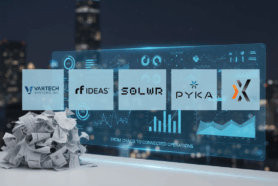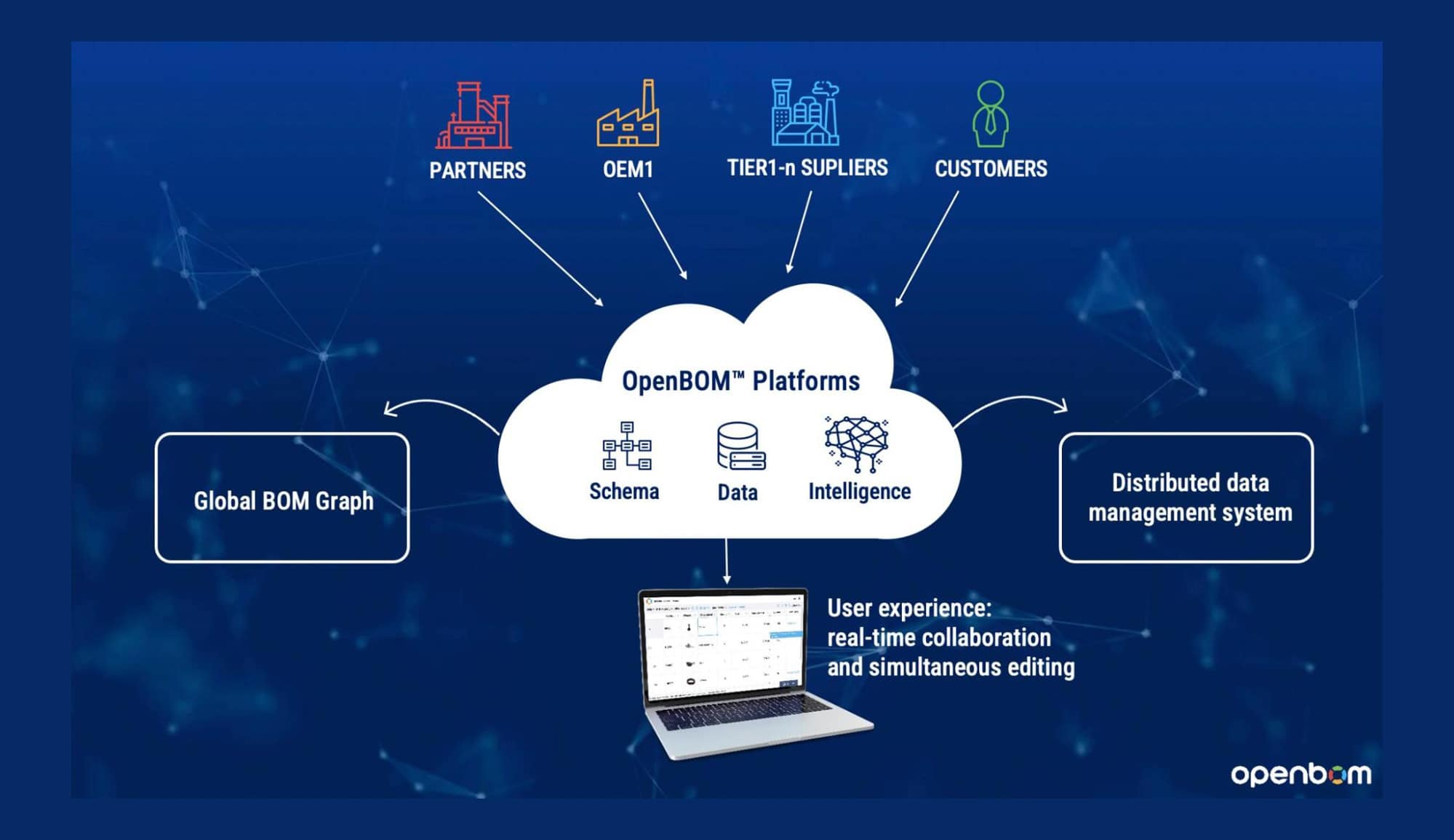
A few days ago, I wrote an article about OpenBOM platform technological differentiators. Today, I want to share more information about the main elements of the OpenBOM platform and give you a perspective on what OpenBOM technology actually does and how it helps to solve really critical manufacturing and engineering problems in the industry.
Let’s start from the basics. OpenBOM is an online multi-tenant platform, which is hosted on AWS and allows multiple users and customers to use the platform. The key word here is multi-tenant, which means OpenBOM is using shared resources to provide OpenBOM services to everyone. There is a lot of possible confusion around multi-tenancy. Therefore, it is important to highlight that OpenBOM has true multi-tenant data architecture, which allows for the data in the system to become available to a selected group of users (sharing) based on the logical tenant structure (users, team, companies) as well as on the instant capabilities of the data sharing.
There are three fundamental elements of the OpenBOM multi-tenant platform and architecture.
- Distributed catalog system
- Global BOM graph
- Real-time collaboration and simultaneous editing user experience
Let me talk about each of them separately.
Distributed data management catalog system
A foundation of OpenBOM data management is a catalog system. Each catalog is allocated for a specific Item data type (eg. Fasteners, Sheet Metal, Assembly, Electrical Parts, etc.) and it allows for the definition of a set of attributes (properties) that each Item stored in this catalog will have. Such a flexible data model is a foundation of any data that can be stored in OpenBOM. OpenBOM supports multiple types of attributes – numbers, text, lists, references (URLs), files, currency, Images, etc. Each catalog allows the creation of an automatic part number generation mechanism, to support revision history, file attachment, sourcing options, and other behaviors. Catalogs data management sysyem is flexible and expandable.
What makes a system of OpenBOM catalogs unique is the ability to be shared and available to multiple users and companies at the same time. In such a way item catalogs from suppliers and contractors can become available to OEMs and, by doing so, OpenBOM supports a digital supply chain thread connecting companies together.
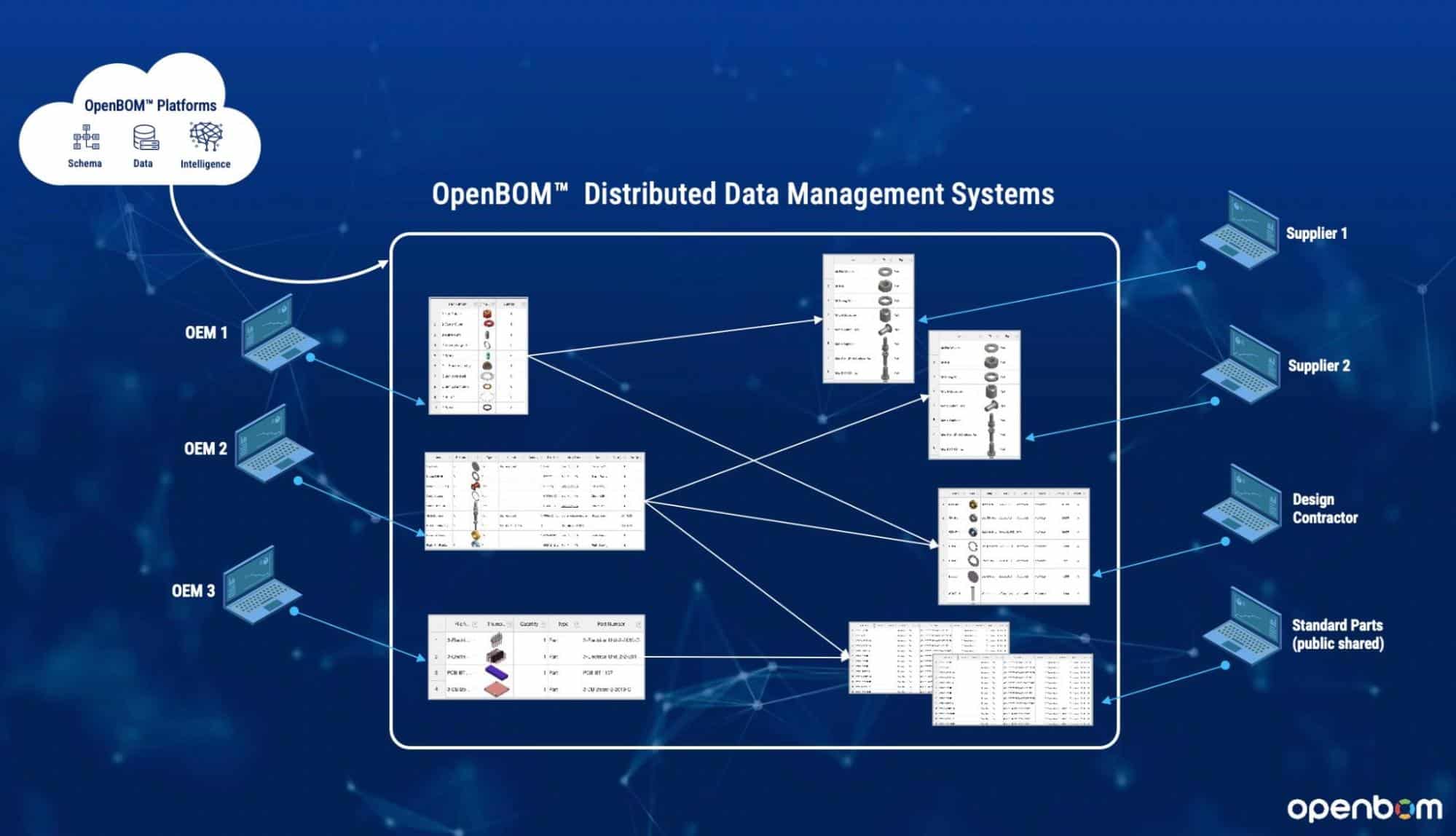
Global BOM Graph
A second fundamental mechanism of the OpenBOM platform is the system that supports the management of relationships between items. In such a way OpenBOM allows you to create various structures, dependencies, and other relationships. A fundamental xBOM structure is supported by OpenBOM allowing for the creation of multiple BOMs.
The key element of the relationship system in OpenBOM is the multi-tenant capability of OpenBOM to create global relationship graphs allowing you to track part and assembly relationships for multiple companies and allowing you to make an analysis of various product structures belonging to multiple companies and suppliers. OpenBOM is using Graph DB to manage relationships in its global platform.
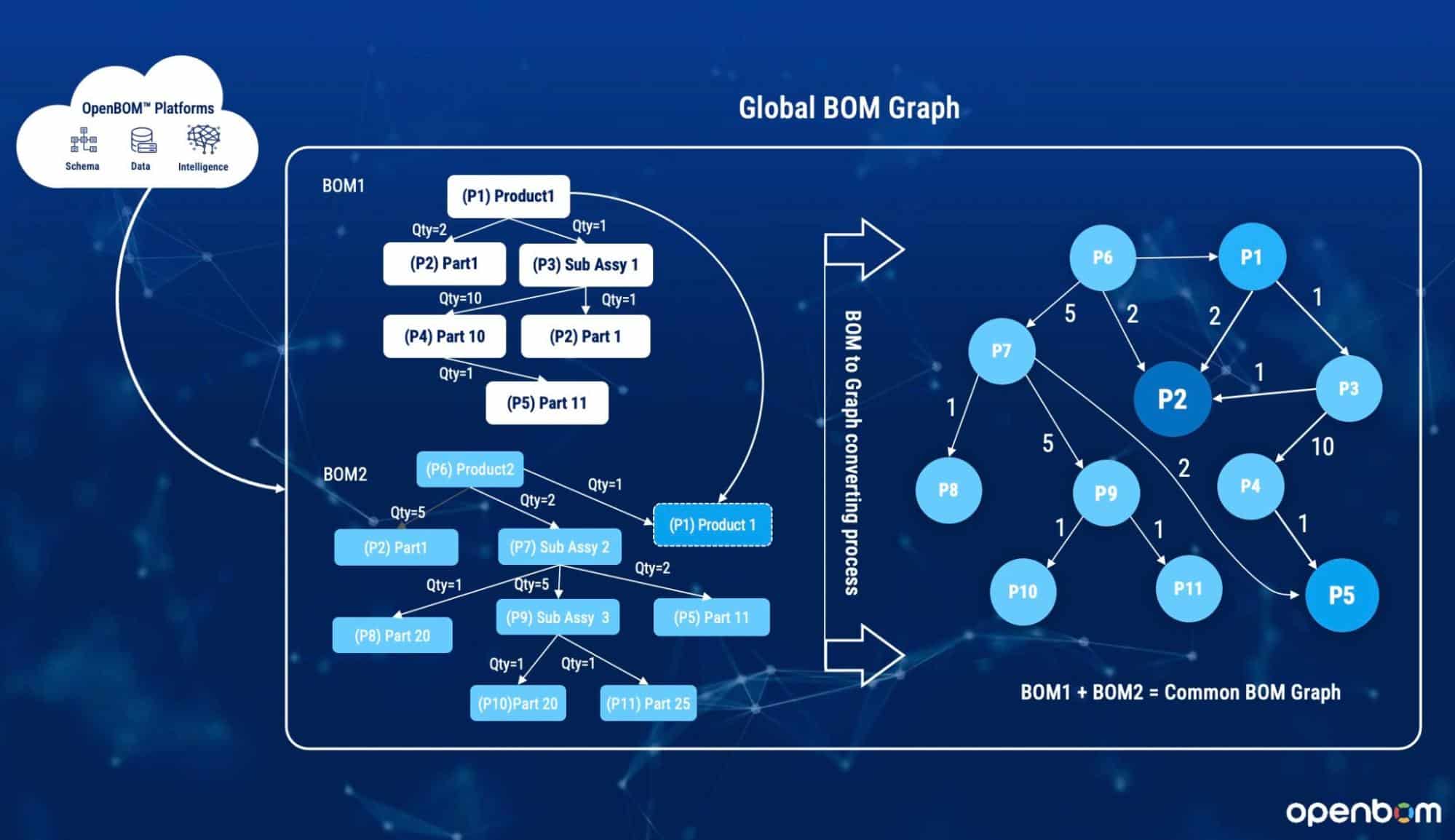
UX: Real-time collaboration and Simultaneous Editing
The third element of the OpenBOM platform is a powerful collaborative user experience. It is a flexible spreadsheet-like user interface that is capable to slice and dice data, managing data and attribute definitions, sharing data, and performing multiple other tasks. OpenBOM patented BOM collaboration methodology provides a unique user interface, which is simple, flexible, and powerful at the same time. BOM collaboration components are available as a service and can be embedded into multiple applications to support OpenBOM integration capabilities.
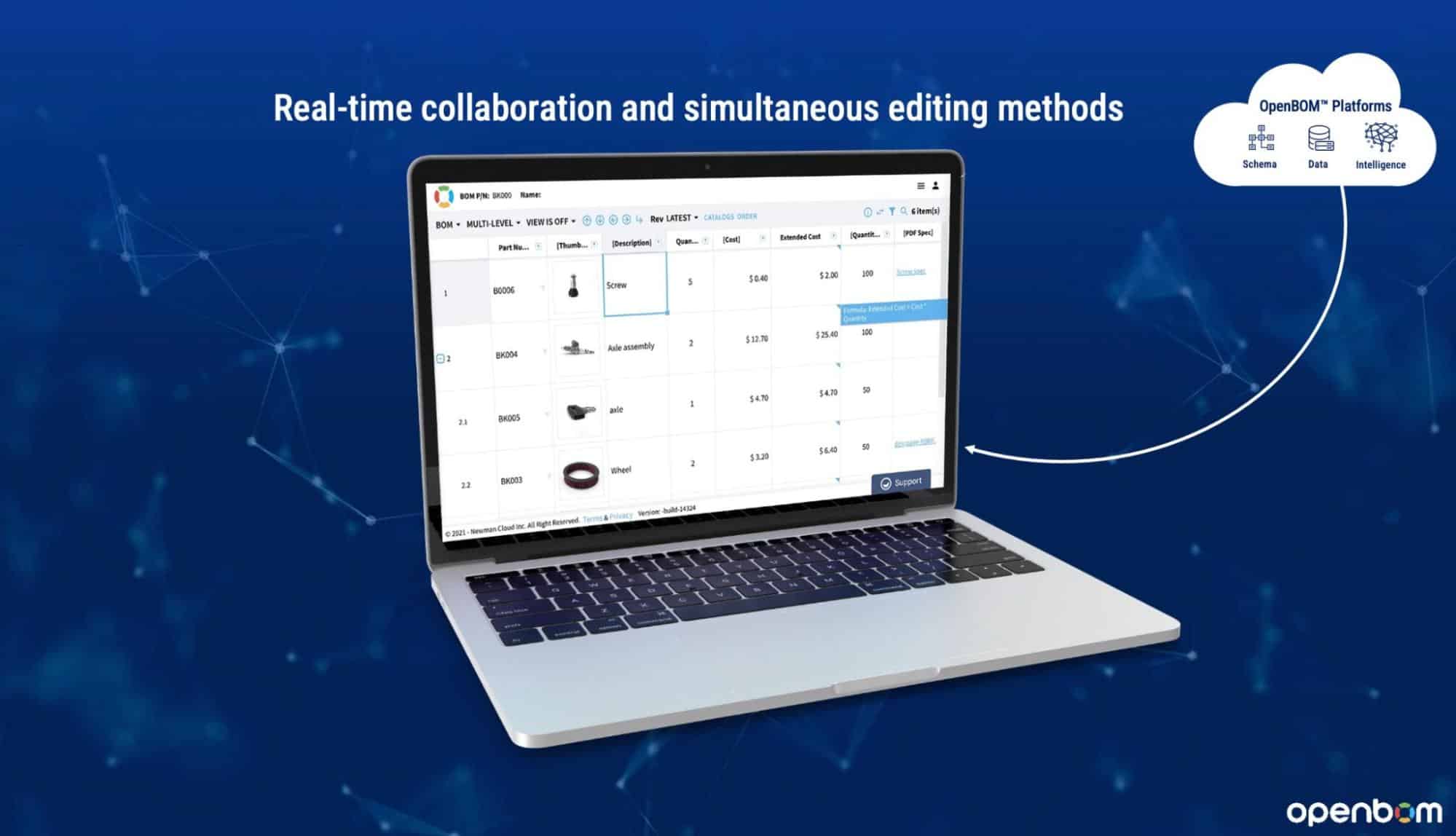
Conclusion
OpenBOM unique and powerful multi-tenant data management and collaboration platform is a foundation, which allows delivering unmatched information management capabilities on a global scale and reaches supporting customers across the globe, and provides unique product data management, collaboration, analytics, and data sharing functionality.
REGISTER FOR FREE to check how OpenBOM can help you today and start a 14-day trial to explore the value of OpenBOM solutions for your company.
Best, Oleg
Join our newsletter to receive a weekly portion of news, articles, and tips about OpenBOM and our community.



